Each of these books impacted the way that I relate to horses and to humans. Featured here are in-depth descriptions of brain structure and learning process for both species as well as practical advice on how to use that information. The mental, emotional and even spiritual aspects of this work are laid out in various ways. Each book offers a slightly different perspective, but they all fit together as a holistic and cohesive methodology for getting started in Equine Assisted Learning. I’m sure there are many many others to add to this list and I will be updating it periodically! Enjoy!
The Tao of Equus
This was the first book by Linda Kohanov that I read it’s been one of my favorite reads. Since then Linda has written several more books and many of them are featured in this list.
This book follows the transformation that Linda makes while interacting with her horses and first becomes aware of the impact that horses can have on our lives outside of the riding arena or trails. In my mind it’s one of the breakthrough books that started looking into what would eventually become Equine Assisted Learning.
The Whole Brain Child
I read this book by Daniel Siegel and Tina Payne Bryson while I was pregnant with my first son. I was doing the natural thing and trying to absorb as much information as I could on what was basically an new subject that I had no real experience in. Thankfully, this book is a wonderful tool for looking into neurological psychology and brain development.
But don’t let the fact that this book is mainly targeting parents and caregivers of children. Many of the principles behind this book translate very easily, and well, into the other principles that have become the core of Equine Assisted Learning.
Zen Mind Zen Horse
Zen Mind Zen Horse takes principles of Eastern philosophy and explores how animals use their energy, or chi, to communicate and interact with the herd.
You don’t have to be a strong believer in chi to get some great take aways from this book. The ideas of having a calm and connected spirit when working with your horse is something we should all agree is necessary.
The Body Keeps the Score
In my previous work experiences I’ve had the opportunity to work with many teens that are dealing with trauma. I picked this book up to help expand my toolkit and knowledge on what the mind and body experience when their are traumatic events.
Understanding how the brain processes these events and how they shape the mind, not only psychologically but also physically, was critical for my work at the time. And honestly, now I consider it just as important to take into account when working with people who are “normal” or “well-adjusted.” Turns out these principles can be just as handy in those situations as well.
Evidence-Based Horsemanship
Horsemanship requires balance, timing, and feel. I love this book for the incredibly practical and straight forward nature it takes to working with a horse while backing it up with scientific research around a horses neurological system.
Learning how to spot what your horse is telling you with body language, understanding their reactions, and ultimately creating a way to better communicate with your horse is what makes this book so powerful.
The 5 Roles of the Master Herder
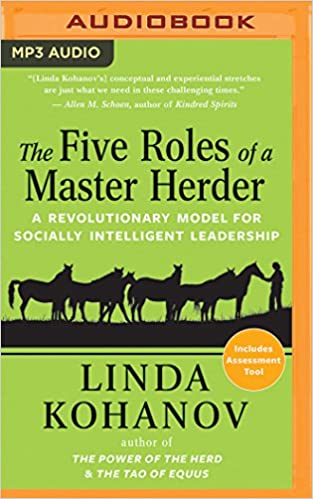
One of the more recent books that I’ve read I came back to Linda Kohanov. In this book she talks about 5 roles that a person must have developed to become a master herder. The dominant, the leader, the sentinel, the nurturer, and the predator.
Learning about what each of these roles brings to the table, how each influences the other, and even how each role can be problematic when overused and underdeveloped makes it a powerful read.
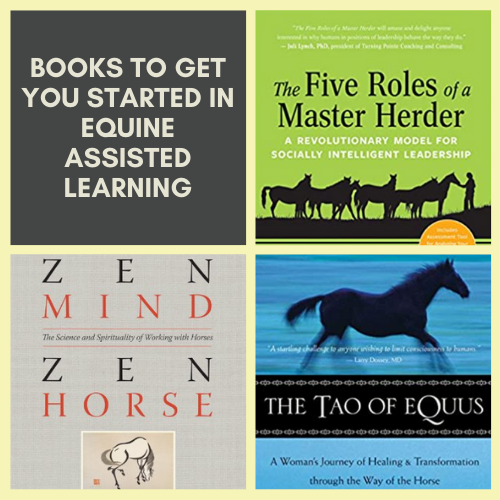
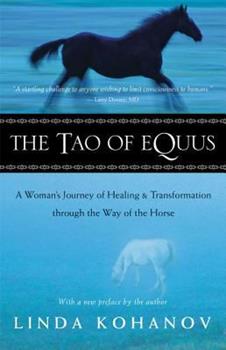
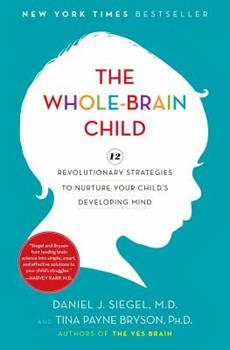
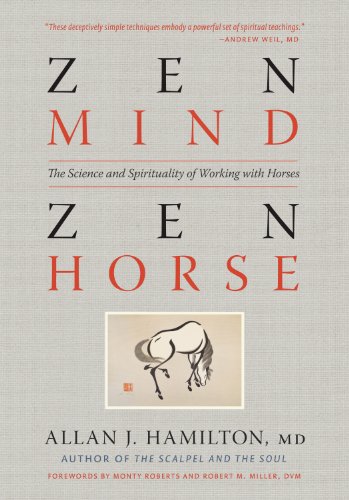
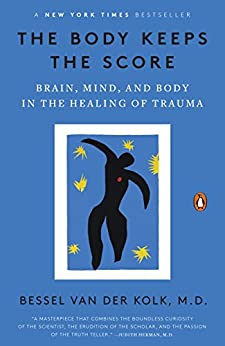
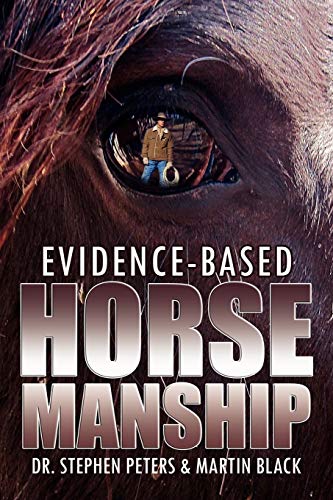
Recent Comments